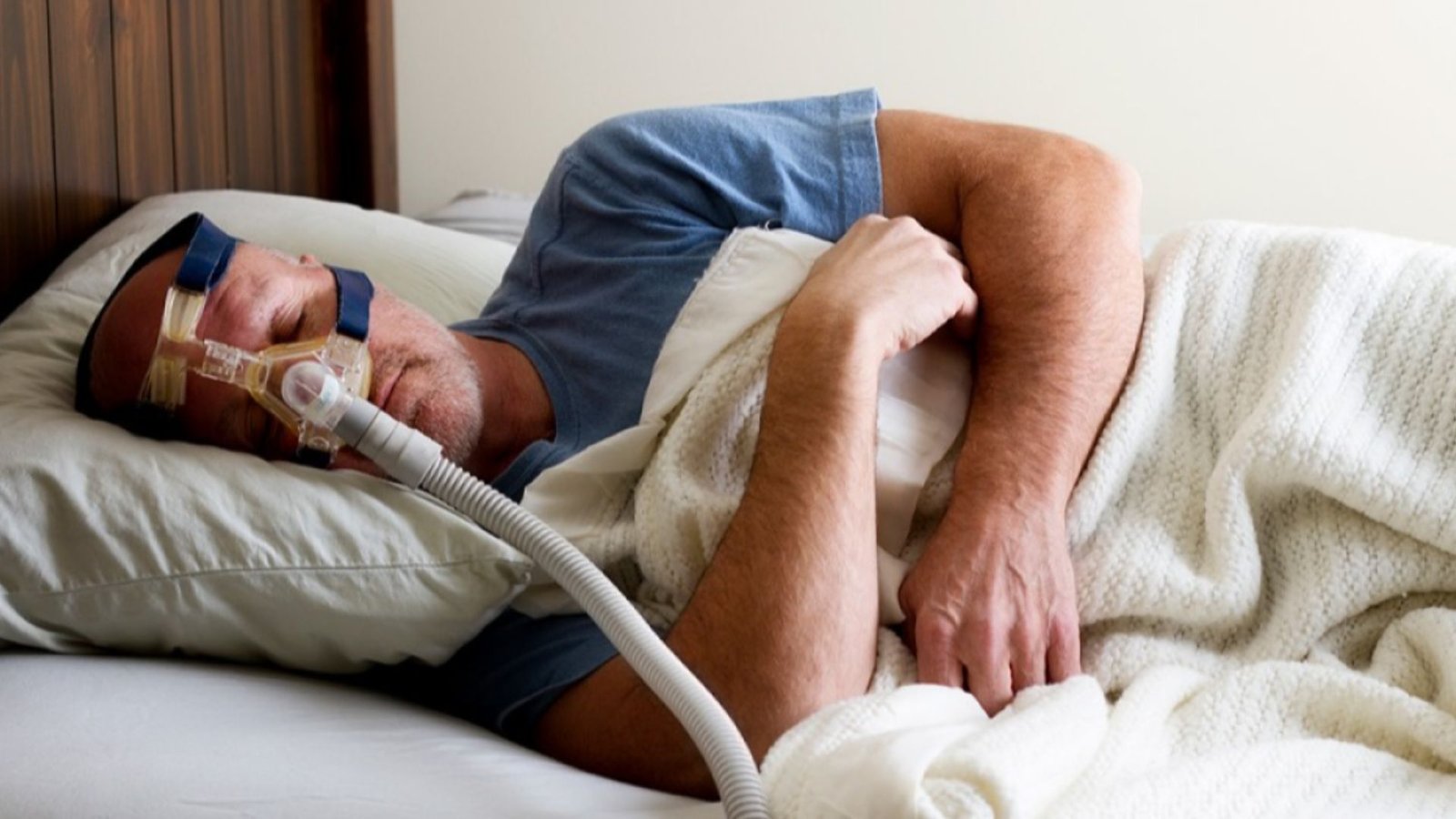Restless Leg Syndrome (RLS) can be a challenging condition that disrupts sleep and daily life. Managing RLS effectively requires a combination of lifestyle changes and treatments that help reduce symptoms and improve overall well-being. Below are some detailed strategies that can provide relief for those dealing with RLS.

Establish a Regular Sleep Routine
One of the most effective ways to manage RLS is to maintain a consistent sleep schedule. Going to bed and waking up at the same time every day helps regulate your body’s internal clock, leading to better sleep quality. RLS symptoms often worsen at night, making it crucial to establish a calming bedtime routine. This might include reading, meditation, or light stretching to signal to your body that it’s time to wind down. Avoid stimulating activities or screen time close to bedtime, as these can make it harder to fall asleep.
Exercise Regularly
Regular physical activity plays a crucial role in managing RLS. Moderate exercises, such as walking, swimming, or cycling, can help alleviate symptoms by improving circulation and reducing leg discomfort. However, it’s important to avoid strenuous exercises, especially in the evening, as they might exacerbate RLS symptoms. Aim for light to moderate activity earlier in the day to get the benefits without disturbing your sleep later.
Avoid Stimulants
Certain stimulants, such as caffeine, alcohol, and nicotine, are known to trigger or worsen RLS symptoms. Caffeine, found in coffee, tea, and certain sodas, can interfere with your sleep patterns and heighten the discomfort in your legs. Reducing or eliminating these substances from your diet, especially in the hours leading up to bedtime, can significantly improve your ability to manage RLS.
Use Hot or Cold Therapy
Applying heat or cold packs to your legs can provide temporary relief from RLS discomfort. Heat relaxes tense muscles, while cold therapy can reduce inflammation and numb the restless sensation in your legs. Alternating between heat and cold packs may help you find the most effective combination for your specific symptoms. Some people also find relief by soaking in a warm bath before bed, which can both relax the muscles and calm the mind.
Massage and Stretch Your Legs
Regular leg massages and stretching exercises can help ease the urge to move that is typical of RLS. Massaging your legs improves blood flow and relaxes tight muscles, reducing discomfort. Light stretching, particularly before bed, can also loosen stiff muscles and prevent symptoms from flaring up during the night. Incorporate simple stretches that focus on your calves and thighs for the best results.
Engage in Mental Distractions
When the urge to move your legs becomes overwhelming, keeping your mind occupied can be an effective strategy. Activities like reading, knitting, or solving puzzles help shift your focus away from the discomfort. By engaging in mentally stimulating activities, you may be able to reduce the perception of restlessness in your legs.
Consider Magnesium Supplements
Some individuals with RLS benefit from taking magnesium supplements, as magnesium helps to relax muscles and relieve cramping. Before starting any supplement regimen, it’s essential to consult your healthcare provider to ensure it’s safe for you. Magnesium may not work for everyone, but for some, it provides significant relief from the symptoms of RLS.
Stay Hydrated
Dehydration can worsen RLS symptoms, so it’s important to drink plenty of water throughout the day. Avoid sugary drinks and sodas, as they can contribute to dehydration. Keep a water bottle nearby, and make it a habit to hydrate regularly. Proper hydration supports healthy muscle function, reducing the likelihood of cramping and restlessness.
When to Seek Medical Help
If lifestyle changes don’t provide adequate relief, it’s important to consult a healthcare professional. In some cases, medication may be necessary to manage RLS symptoms effectively. Doctors can prescribe medications that help regulate dopamine levels or treat underlying conditions that might be causing or aggravating RLS. Always follow your doctor’s advice, especially if your symptoms are severe or worsening over time.
Step Up Your Bonus Knowledge
Understanding top casino bonuses can give players a competitive edge. Follow Step-by-step guide to top casino bonuses for detailed instructions. Expert insights ensure smarter decisions when selecting offers. Applying this knowledge maximizes rewards safely and efficiently.
Loot Galore
Discover online games with thrilling opportunities to win. Longreach loot offers smooth gameplay and generous prizes. Engaging challenges make each session fun. Join now and maximize your winnings!
Affordable Gaming Items and Resources
Cheap MMO Shop helps gamers access in-game items without breaking the bank. After enhancing your game experience, check out bestussportsbetting.com for thrilling sports betting fun.
Conclusion
Managing Restless Leg Syndrome requires a multifaceted approach, incorporating sleep hygiene, exercise, and diet, as well as possibly seeking medical advice. By making these changes and staying proactive, you can reduce the impact of RLS on your daily life and enjoy better rest.




